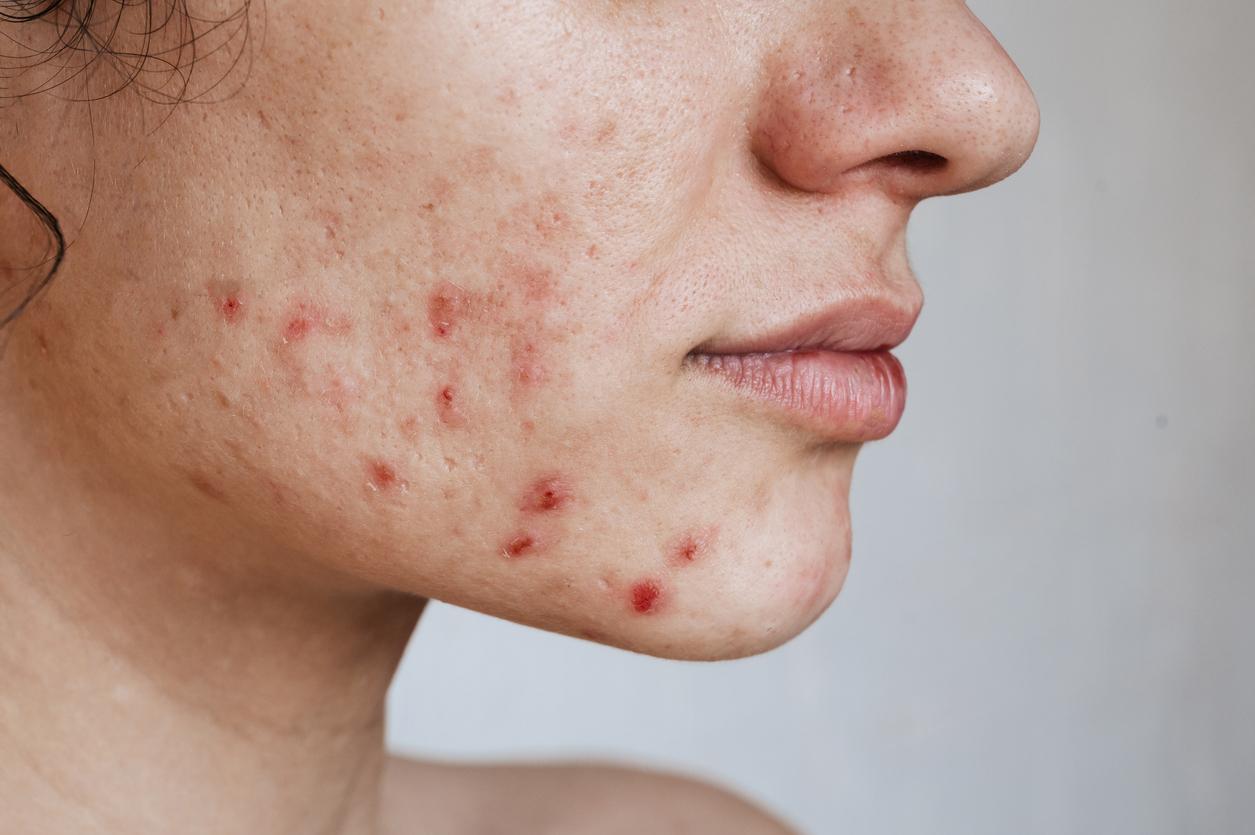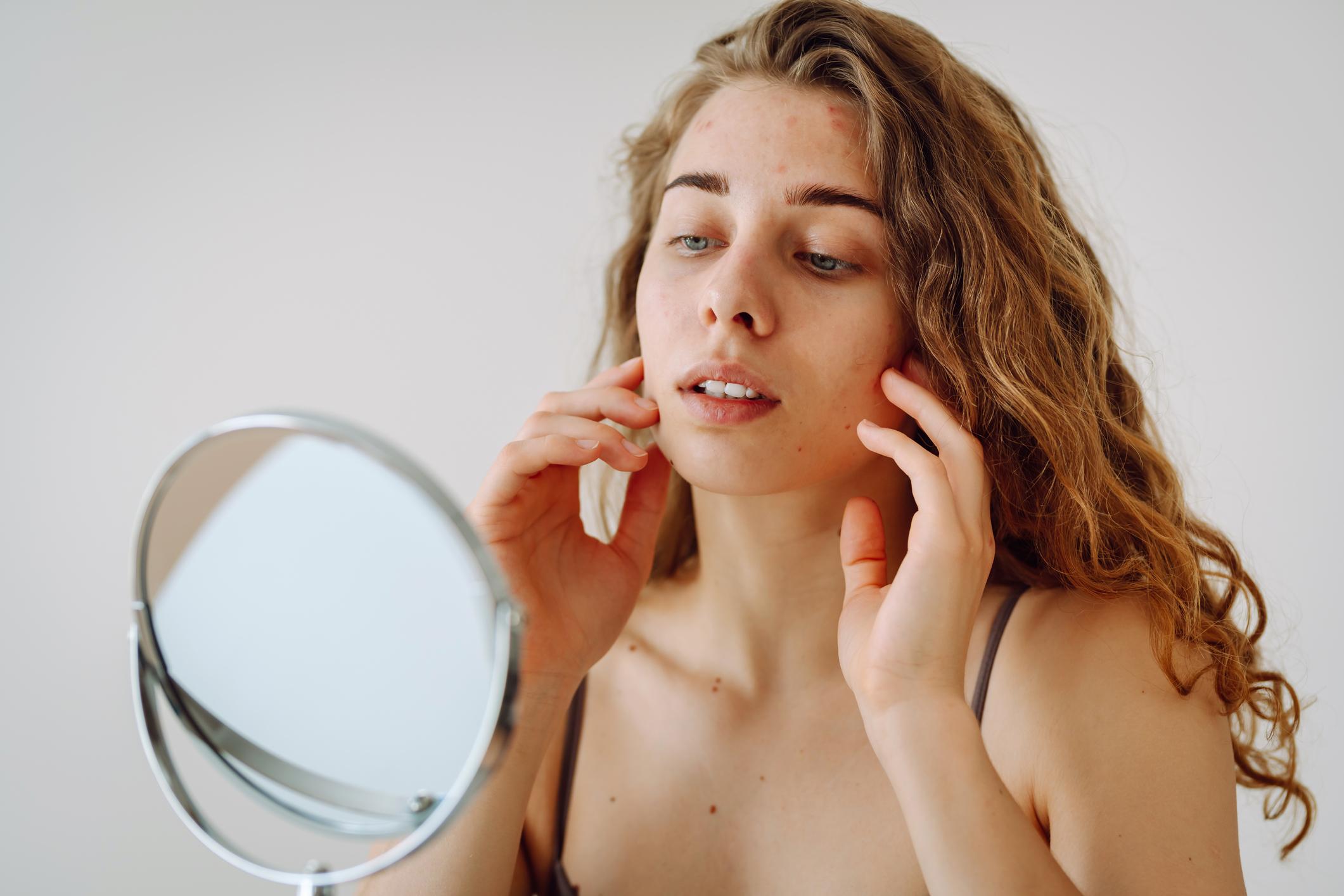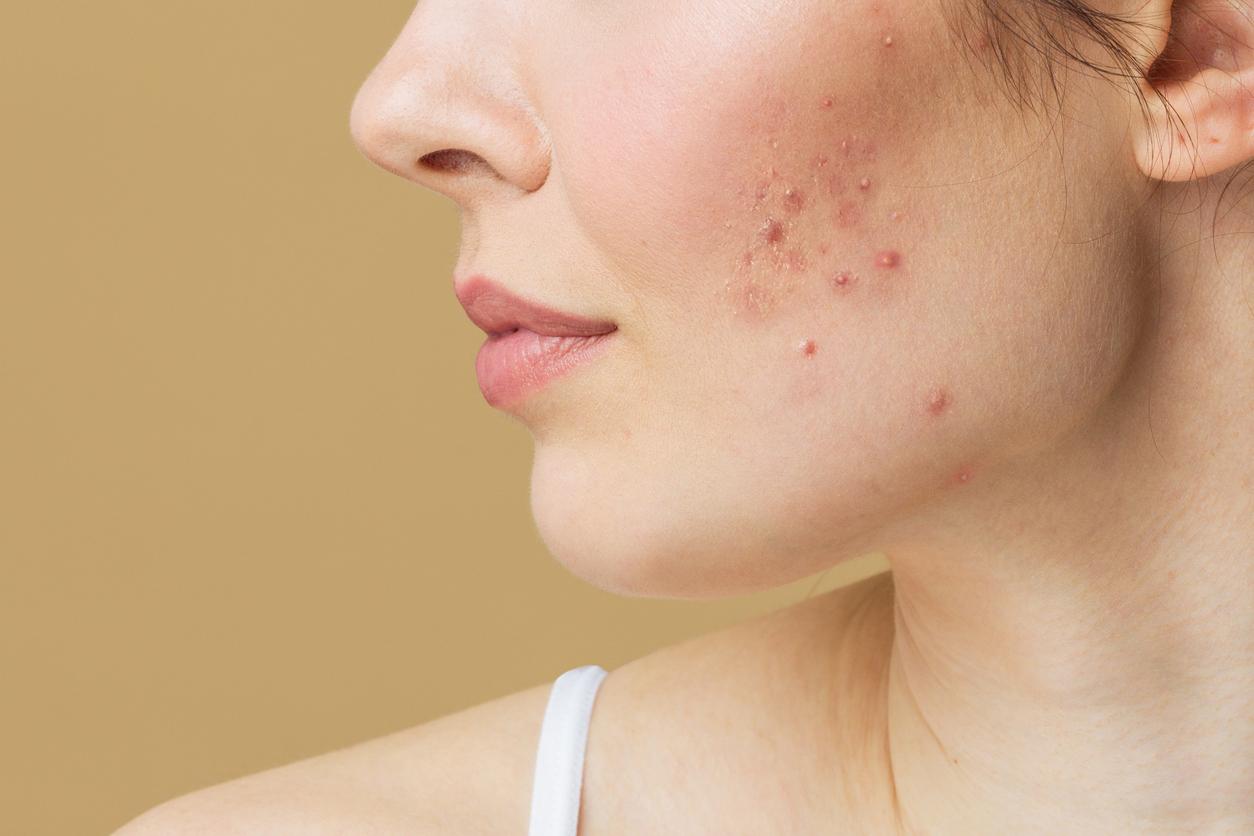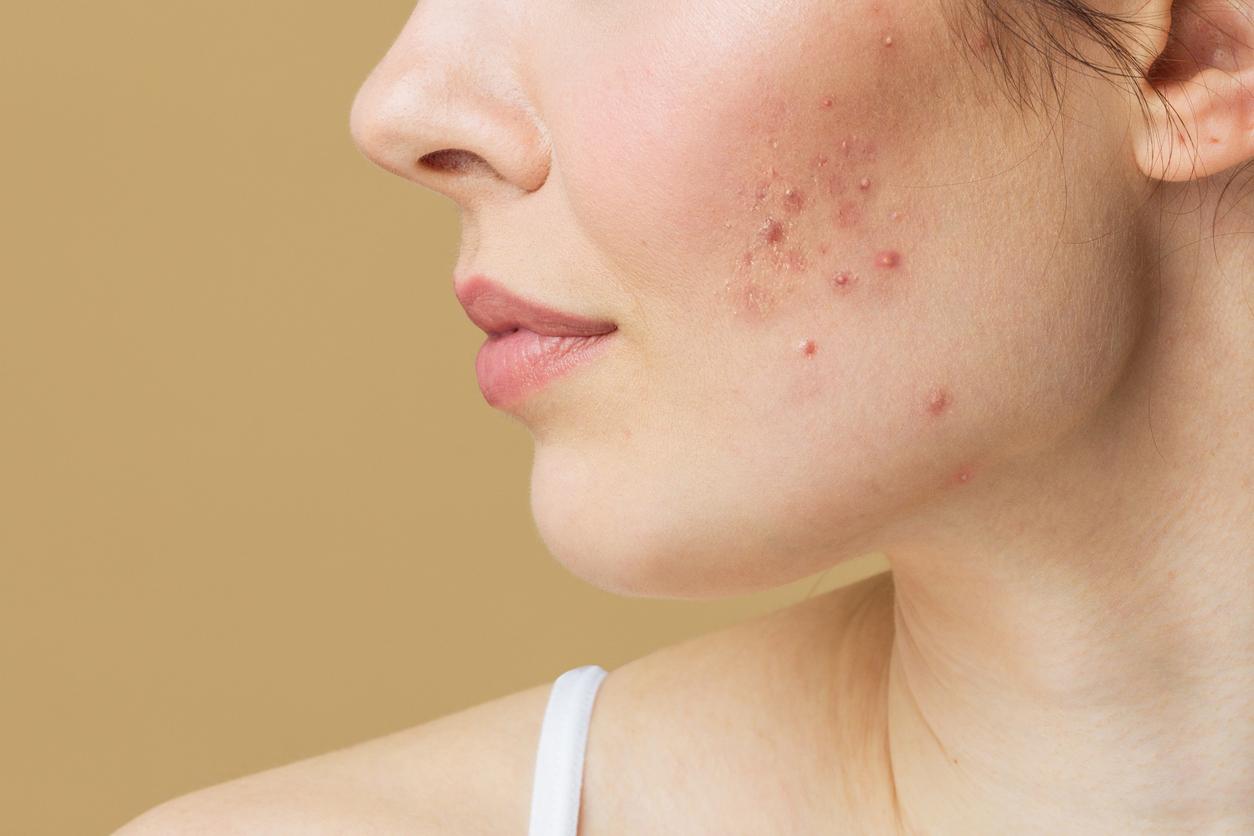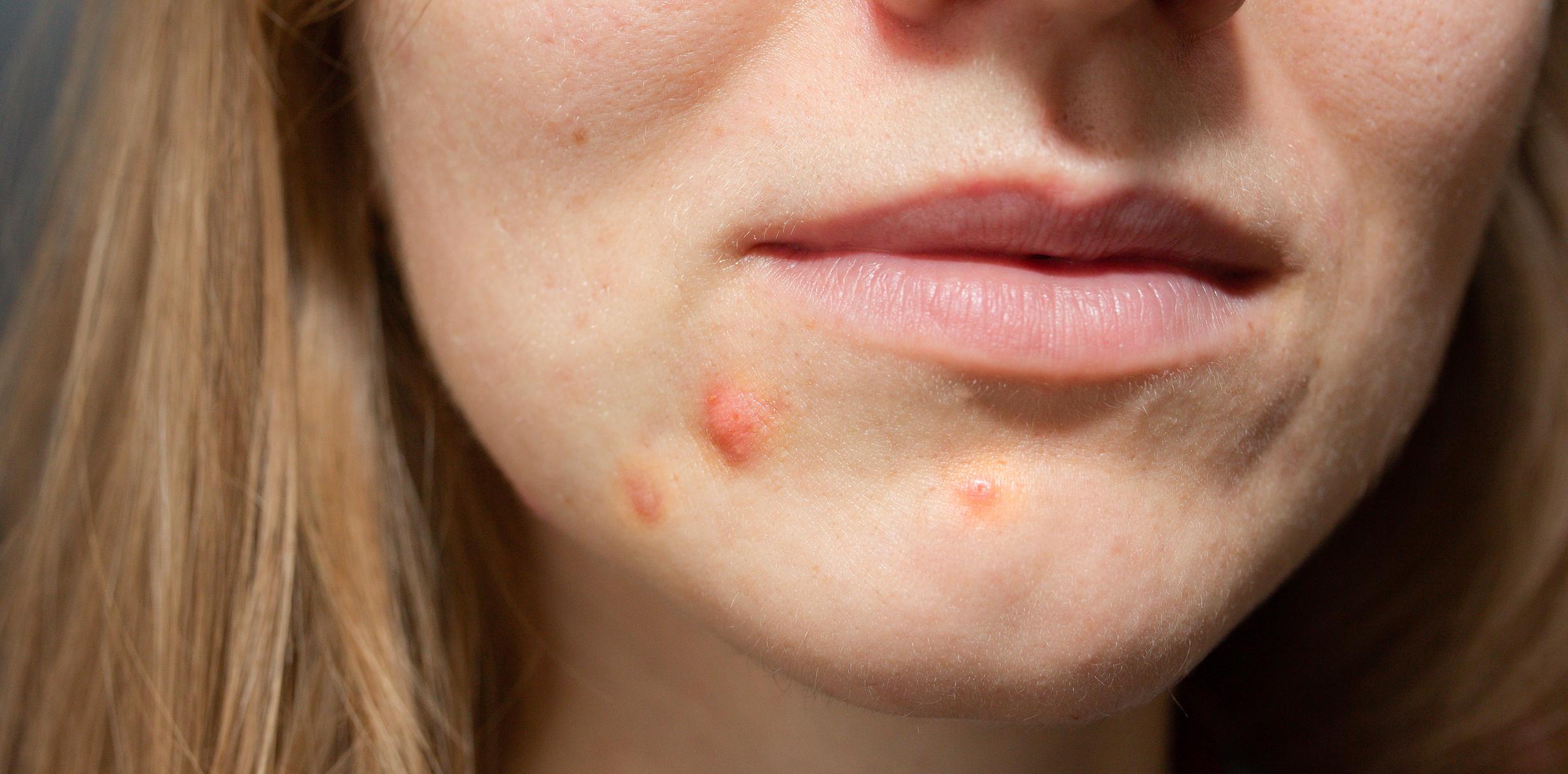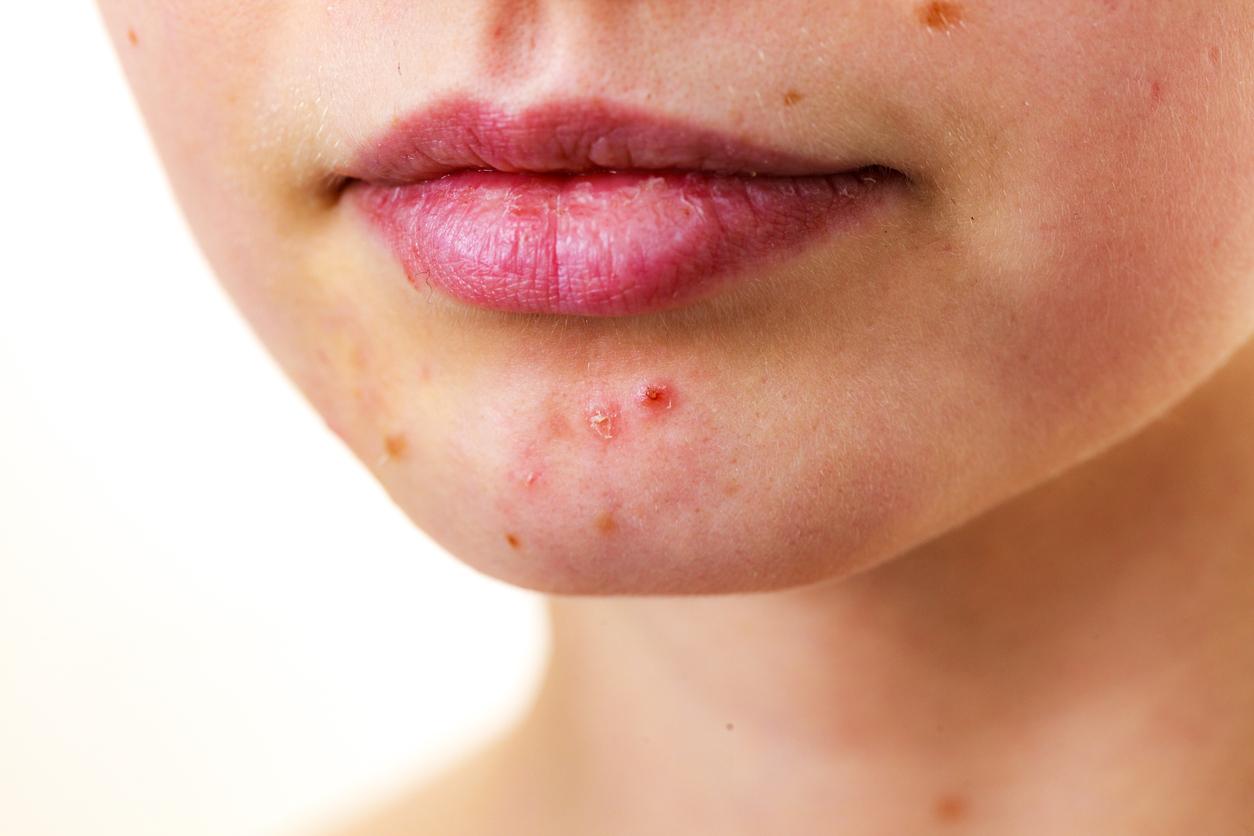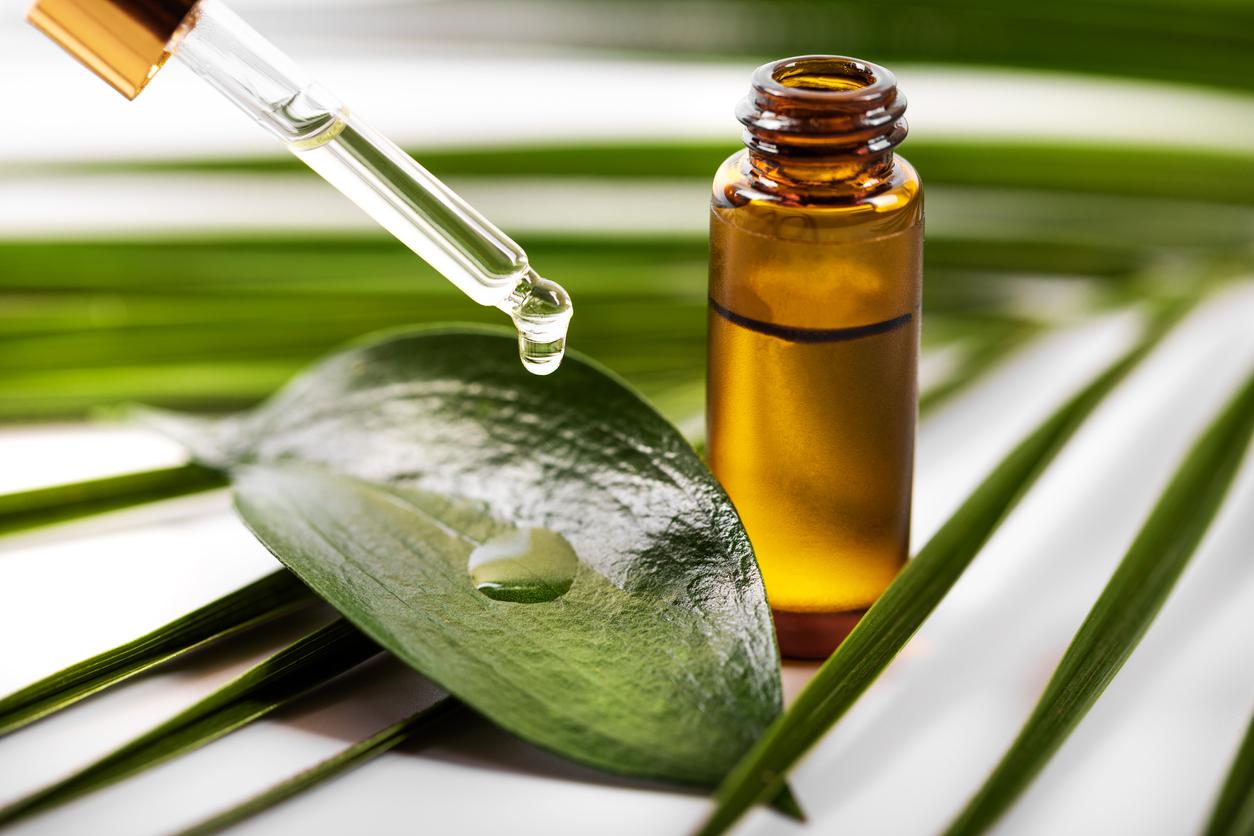
Causes and Treatment
It is perhaps the best known and most common skin condition: acne. It ruins the lives of many adolescents, but it also occurs in adults. Many people with acne find this quite annoying. Fortunately, there are many treatments available today.
Almost everyone gets acne during puberty. For one it is a few pimples, for the other it is an extensive skin condition that can cause many psychological problems and spoil the pleasure of daily life.
What is acne?
The skin contains glands that produce sebum (a greasy protective substance). Acne is an inflammation or blockage of these sebaceous glands. Blackheads, pimples and pimples develop. Especially in places where there are many sebaceous glands, such as the back and face, especially your forehead and chin.
Acne is a harmless skin condition that mainly affects people between the ages of 15 and 25. That is why acne is also called youth pimples. However, this does not mean that adults cannot be affected by it. Sometimes it persists after puberty or does not start until adulthood.
The cause of acne
So almost everyone gets pimples during puberty. One suffers more or longer than the other. Hormonal changes are responsible for the pimples. The sebaceous glands in the skin start to produce more sebum and the upper layer of the skin becomes thicker. The excessive sebum production in combination with dead skin cells can cause clogged glands: a blackhead. When a blackhead ignites, it’s called a pimple.
During puberty, the amount of bacteria on the skin also increases. Especially the bacterium Propionibacerium acnes. The exact role of this bacterium is still unclear.
Certain medications — such as some steroids, anticonvulsants, and antidepressants — can make acne worse. Heredity also plays a minor role. Just like age, after the age of 40, the production of sebum decreases. Sometimes acne is caused by contact with substances that cause a blockage of the sebaceous gland, for example make-up. Pressure from clothing, for example, can aggravate existing acne.
There are many misconceptions surrounding acne. For example, all kinds of factors, including eating chocolate and pork, are thought to be linked to acne. This has not been sufficiently proven. Acne is also not caused by:
- washing too little
- certain foods
- sweets
- to smoke
- stress
- to sweat
- sexual habits
- a vitamin deficiency
acne symptoms
There are different types of acne, but a symptom that you see in each form are the so-called comedones or blackheads. They are black or gray when open and white (head or pimple) when closed and the sebum is accumulating.
When closed comedones become inflamed, pustules (pustules) form. Another symptom is papules: red pimples that are also the result of an inflamed gland. Sometimes larger red inflamed bumps appear that are painful, usually as a result of squeezing a pimple. We call this infiltration.
Different types of
Acne vulgaris – ordinary acne – is the most common form. You often suffer from all (mild) symptoms of acne. If you have a lot of infiltrates with that, it’s acne conglobata. Other types include:
- Acne fulminans: very severe and rare. Associated with weight loss and muscle pain.
- Acne Ectopia: A variant of acne in unusual places such as your armpits, groin and buttocks.
- Acne infantum or neonatal acne: mild acne on the face in babies or children.
What can you do yourself with acne?
While it’s probably very tempting, don’t pop a pimple. Leave your skin alone as much as possible. Wash your skin with a mild cleanser and lukewarm water and then pat it dry. Excessive washing, rubbing and massaging is unwise. And squeezing or pressing and scratching can create new pimples and scars. Only open blackheads can be gently squeezed out with the side of your finger.
Also preferably do not use make-up. Cosmetics can contain substances that promote the development of acne. Cleansing cream and hair wax can also aggravate acne. So change products regularly if necessary.
Sunlight is sometimes said to help with acne, but in a humid environment sunlight can actually make the skin condition worse. It is not yet clear whether sunlamps help. It is true that the sun has an anti-inflammatory effect and the red inflammations can be slightly less. In addition, acne on tanned skin is often less noticeable.
What treatments are there?
Although acne almost always eventually heals on its own, there are several remedies that help reduce the symptoms. Unfortunately, the acne did not just disappear. Even with a light form, a treatment requires a lot of time and attention.
There is no standard treatment. The severity of the condition, the complaints, the occurrence of scarring, but also age and gender determine the choice of a remedy.
- Benzoyl peroxide (usually a gel) counteracts the thickening of the top layer of skin, inhibits inflammation and kills bacteria. It can irritate the skin, especially in the beginning. Benzoyl peroxide is available without a prescription at both pharmacy and drugstore and is not reimbursed.
- Tretinoin Cream (Vitamin A Acid) helps with blackheads and pimples, redness and yellow pus heads. It ensures that the sebum can get out more easily. Tretoin is available by prescription only and should not be used during pregnancy or breast-feeding.
- Adapalene gel is just as powerful as tretoin cream, but with less irritation. You should also not use this medicine during pregnancy.
- The contraceptive pill can often help reduce acne by influencing sebum production. It does not matter which pill you use.
Antibiotics
For more severe acne, you can combine tretinoin cream or benzoyl peroxide with an antibiotic (clindamycin or erythromycin) lotion or gel for the skin. Oral antibiotics are also sometimes prescribed to inhibit the growth of bacteria and reduce the symptoms of inflammation.
Heavy treatment
Isotretinoin tablets are sometimes prescribed for very severe acne. This is a heavy substance that strongly inhibits sebum production and abnormal cornification in the sebaceous gland’s duct. It also suppresses the inflammatory response. A course of treatment lasts 4 to 6 months.
As with most strong medicines, isotretinoin tablets do have side effects. Dehydration of the lips, nasal mucosa, eyes and skin are the most common. However, it can also affect the kidneys and liver, so your blood should be checked regularly. This medicine also cannot be used during pregnancy. It is not safe to become pregnant again until more than a month after the treatment.
scars
Acne is a skin condition that usually disappears on its own after a few years. When a pimple is removed, you often see red discolorations for a long time. The skin is then recovering. In most cases you will not get a scar.
Lifelong scars can often be prevented with treatment. However, if you damage the skin or in severe forms of acne, the risk of scarring remains. There are two types: deep pits in the skin (scars with tissue loss) and nodules on the skin (scars with tissue increase).
Sources):









